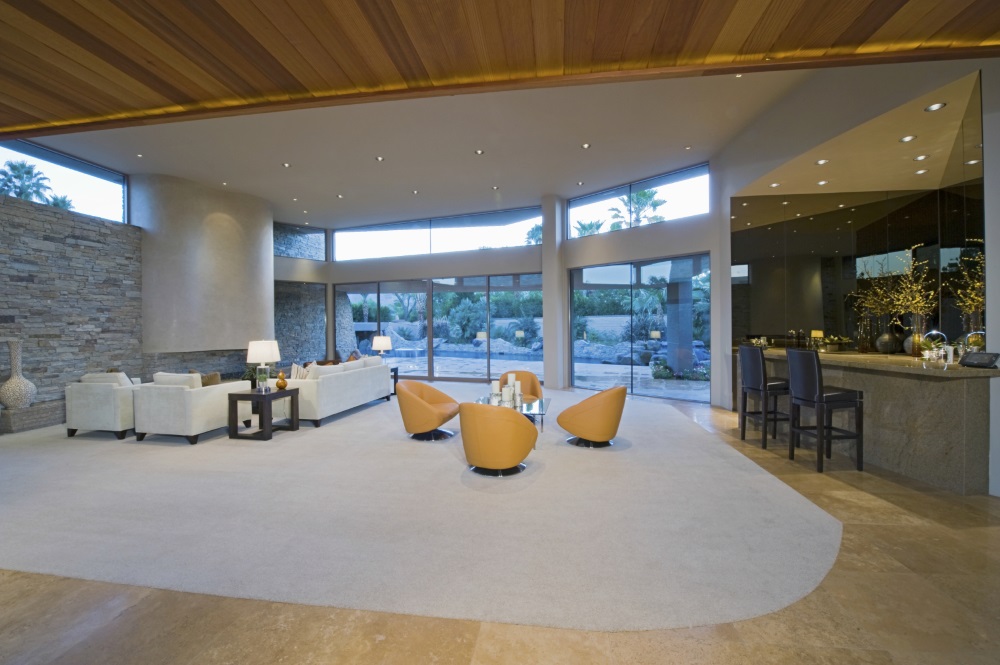
Continuing our monthly series, 17 leading property professionals from around the globe reveal the best ways to add value to your property.
Homeowners have been bitten by the renovating bug. Stroll along almost any street and skips, scaffolding or grand schemes greet you. But what are the best ways to add value to your property?
Some will call in the builders for a modern makeover. They might extend into the loft, convert a neglected garage or re-configure their layout. Others will opt for clutter-busting, home-staging or simply paint the kitchen cupboards white.
Clearly, there is no single answer when it comes to adding value to your home. It depends on numerous factors from the location and type of property to the demographics and demand in your local area.
So we decided to ask the experts for their ideas and inspiration. Here 17 property professionals from the UK and overseas share their knowledge and advice. Before you embark on your next project or think about putting your house on the market, dip into our latest guide with secrets from the experts.

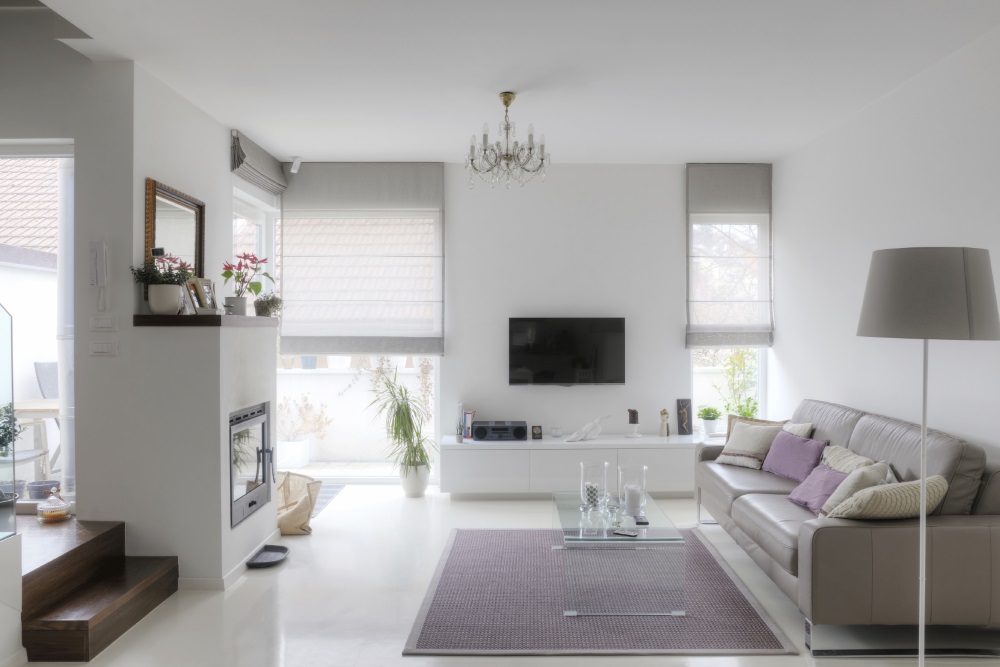
1. Be vanilla! OR Make an entrance
“When it comes to home improvements, the old adage “keep it simple” really is best for adding value to a property. At the moment, light and taupe colours really work. People are turned off by garish designs and colours. So my advice is: be vanilla! Here are some other top tips:
“Photography is extremely important for marketing your home – an attractive looking property will draw attention, so ensure the exterior of the house looks good, and do not have it photographed on a grey, wet day.
“Good furnishings ensure the property is photographed well, which is an important first step in the marketing process. If your property is empty, renting furniture is a good idea, and I would recommend getting help from a designer, depending on the value of the property – spending £6,000-£7,000 can easily add £15,000 at the £1m price level.
“Prepare the garden. Keep grass neatly cut and borders tidy, mend broken fences, pull out weeds that are sprouting through paving slabs and make sure the front garden is presentable. If you’re in a flat and the approach is owned by a neighbour, speak to them and offer to clear it.
“Clean all windows and draw curtains right back to accentuate light and space. Ensure any bulbs that aren’t working are replaced.
“Something that is often overlooked is tiling. Whether it is flooring or on the bathroom and kitchen walls, if tiling is dated or dirty, it can put a buyer off, so thoroughly clean the grouting.
“Make sure the property is clean and tidy before any viewings – beds should be made and clutter stored away. It is often mooted, but small touches such as fresh flowers (in clean water) really make a difference.

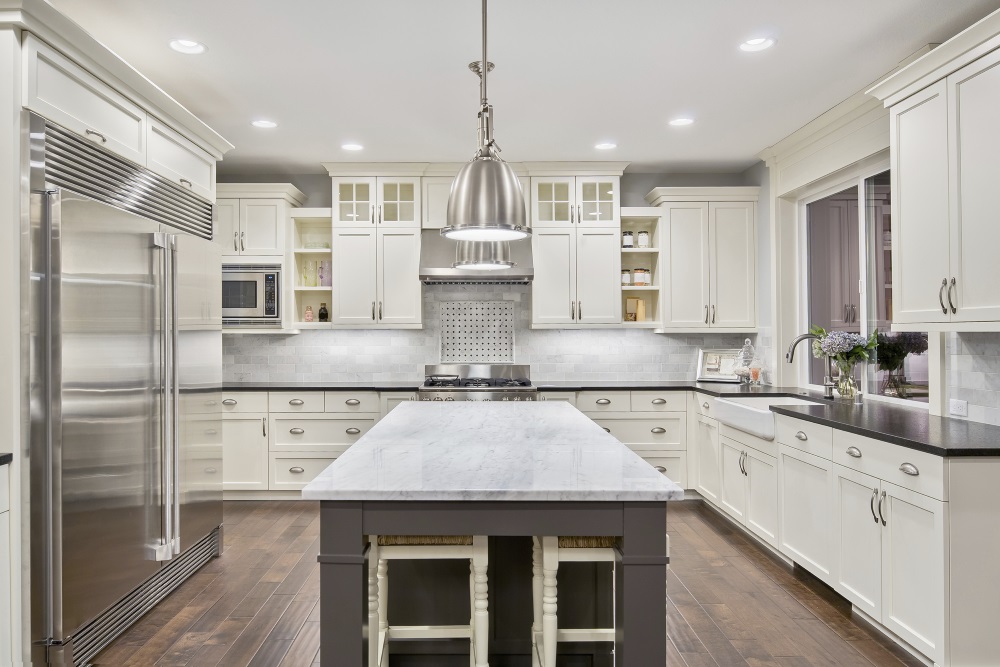
2. Roll back the years
“A new kitchen can really make a difference to the house. Potential buyers tend to spend the most of their time inspecting this room when they are viewing a property, and high quality finishings may help them decide that it’s the right house for them.
“If a brand new kitchen isn’t going to be time or cost effective, consider just replacing the cupboards or reconditioning what you already have. People spend so much time in the kitchen that, whatever you do, it’s important that it looks appealing.”

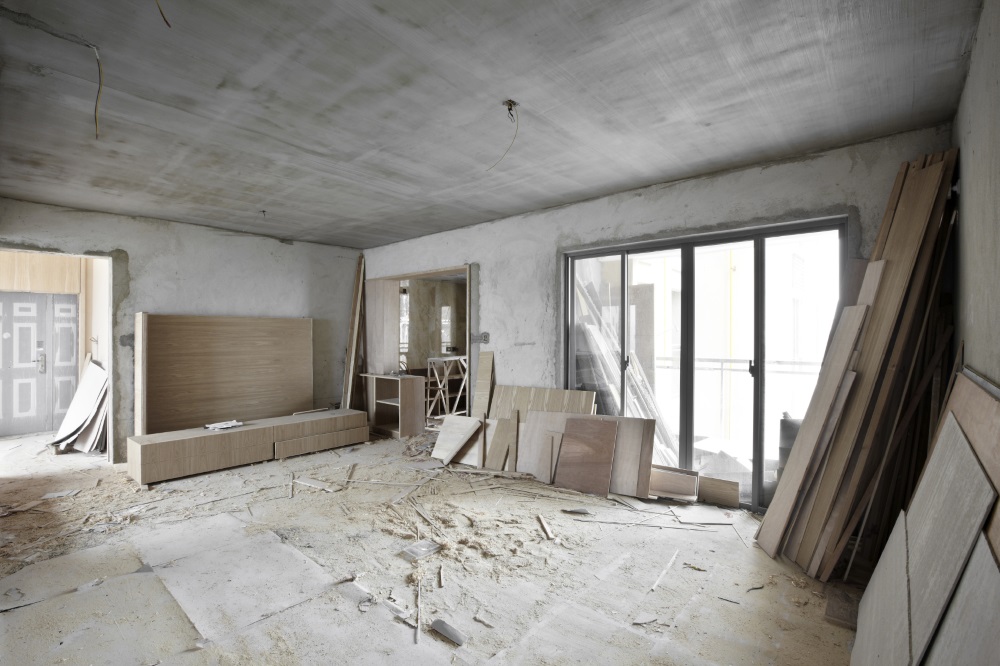
3. To renovate or not to renovate...
“This is a common dilemma for anyone selling. It depends how tired your property is. For example, if your property is very run down and needs new bathrooms, a new kitchen, new flooring throughout and so on, you’re better off marketing it as a refurbishment opportunity. With the home improvement television shows these days, buyers love getting their teeth stuck into a project. And I’ve seen many properties, go to sealed bids and sell for a premium because there was a flurry of buyers wanting to carry out the refurbishment.
“If your home is looking a little run down, but nothing more than that, there is an argument for freshening it up. However, if you’re going to go down this route, then make sure you do it properly. Don’t do a cheap job as most buyers will pick up on it. In which case, they will probably want to rip out what you’ve done and start again.
“This also applies if you’re doing a complete refurbishment on a property to sell. There’s a huge difference between walking into a home that has been lovingly refurbished and lived in, where every tiny element of the property has been considered, versus walking into a property that looks nice on the surface, but in reality has had little thought put into it. Some developers are superb and think about every element, whereas others spend money on what they perceive to be wow factors. This might be blue up-lighters in hallways or projector screens, but they have not thought about small practical details, such as where the buyer will put their coats when they enter the property.
“The more you respect your potential buyers, the more you’re likely to appeal to them and, in turn, achieve the best possible price. Whatever approach you choose, make sure you do it well.”

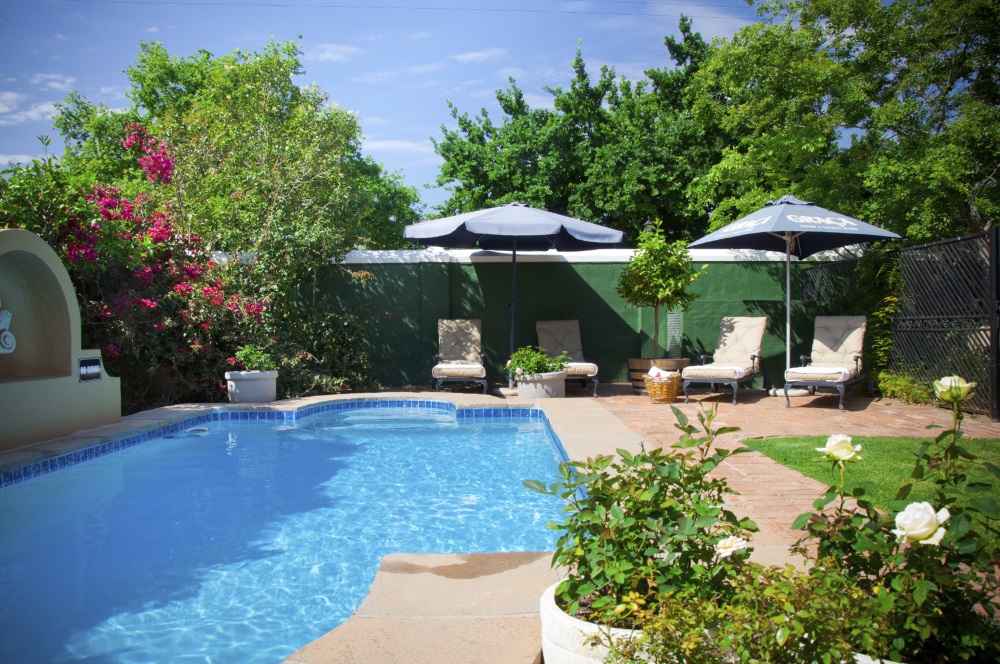
4. A place in the sun
"There are many ways to add value to your property. Perhaps the most fundamental, and one overlooked by many sellers in Spain, is to prepare your property thoroughly for every viewing. Good presentation is key to guarantee yourself the best chance of selling - and achieving the best possible price.
First impressions are hugely important, so make sure you get it right. Ensure that the pool and garden are well maintained, that sun beds and outdoor furniture are properly set-up, that the house is clean, tidy and decluttered. Beds should be made, curtains / shutters open and the house has been aired. Paying someone a small fee to prepare the house for you, if you are not around, will be money well-spent. You only get one chance to make that first impression.”

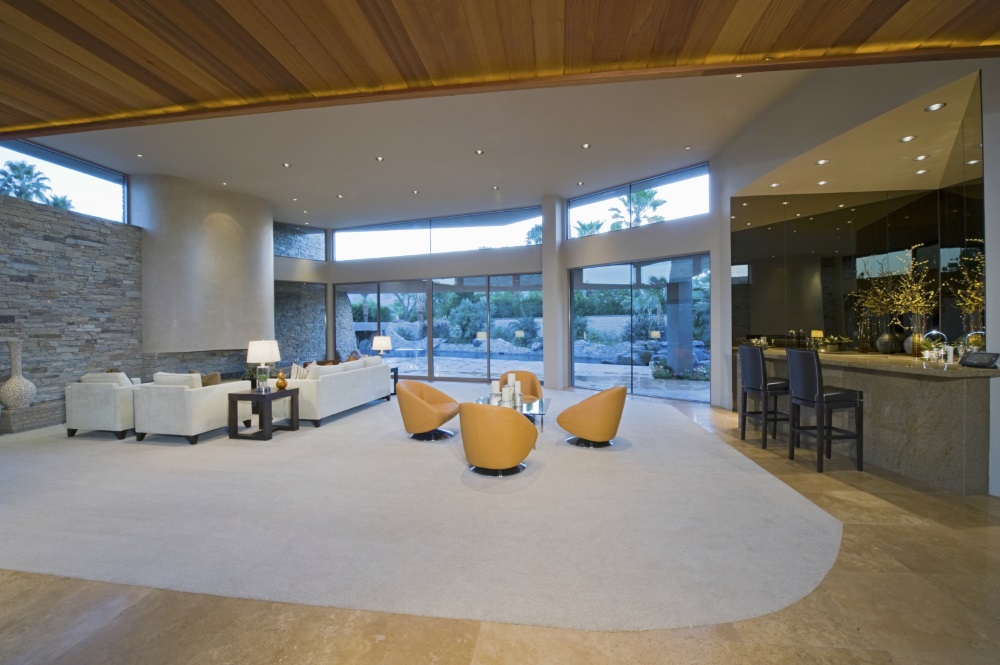
5. Contemporary living
"How do I add value to my home" has to be the most asked question when I talk to homeowners, but there's no quick and easy answer as every home and location is different.
“It is an important question for all homeowners and deserves a carefully studied professional answer. When talking to homeowners, I always explain that it's not about how much money you spend on, it's about what you spend your money on that counts when adding value to a home.
My two top tips would be to take a good look at your living space. The interior living space is much more valuable per sq. ft. than exterior living space, such as terraces/balconies, etc.
My first tip will instantly add value to your home. For owners of apartments, reforming terraces and balconies into interior space or having a combination of both. This is subject to local planning and community approval.
For owners of houses, I always recommend building more valuable interior sq. ft. onto the house. This can be achieved by building a simple kitchen, a lounge conservatory extension or building a full house extension, again subject to planning approval.
My second tip will add value to your home, too. If you can, convert as much space as possible to an open-plan design.
Visually, open-plan sitting rooms, dining rooms and kitchens, give the feeling of space, adding valuable extra sq. footage and more natural light.
Planning permission is not normally required, but a surveyor should check that load-bearing walls are not compromised and all electrics and plumbing are safely repositioned".

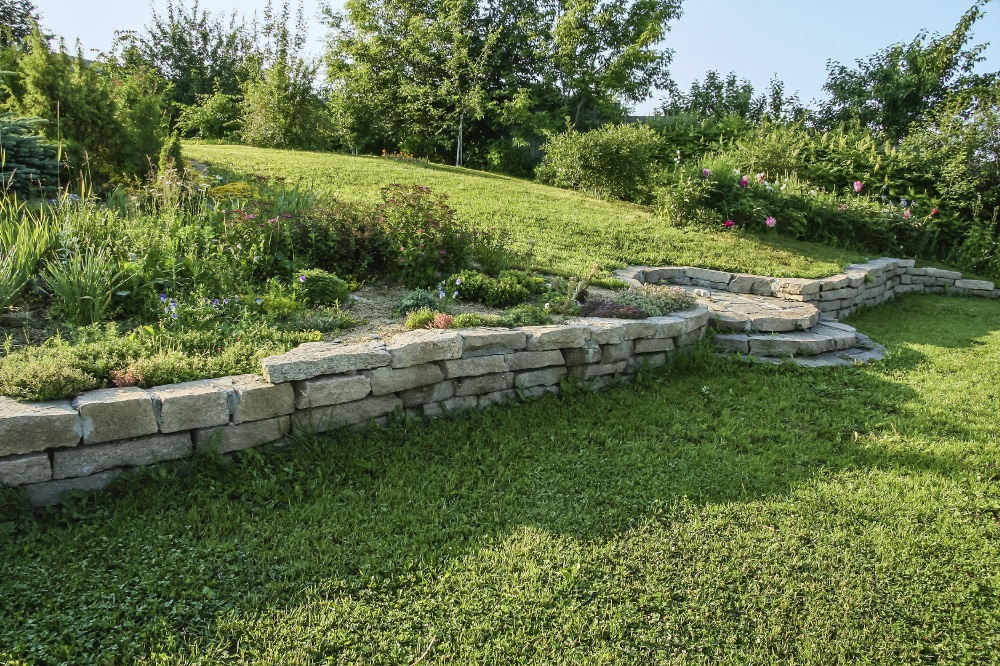
6. Growing places
“If you acquire a restored farmhouse in Tuscany or Umbria, and not much has been done in the way of a garden, think about creating an English-style garden. It can help a property blend into the surrounding landscape, significantly improve the first impression received by a would-be buyer and add considerably the perceived value of the property.
There are some excellent garden landscape architects in Tuscany and Umbria as well as nurseries which offer a wide range of plants and are specialists in their field. Among Italians, the British have a good reputation for their gardening skills.”

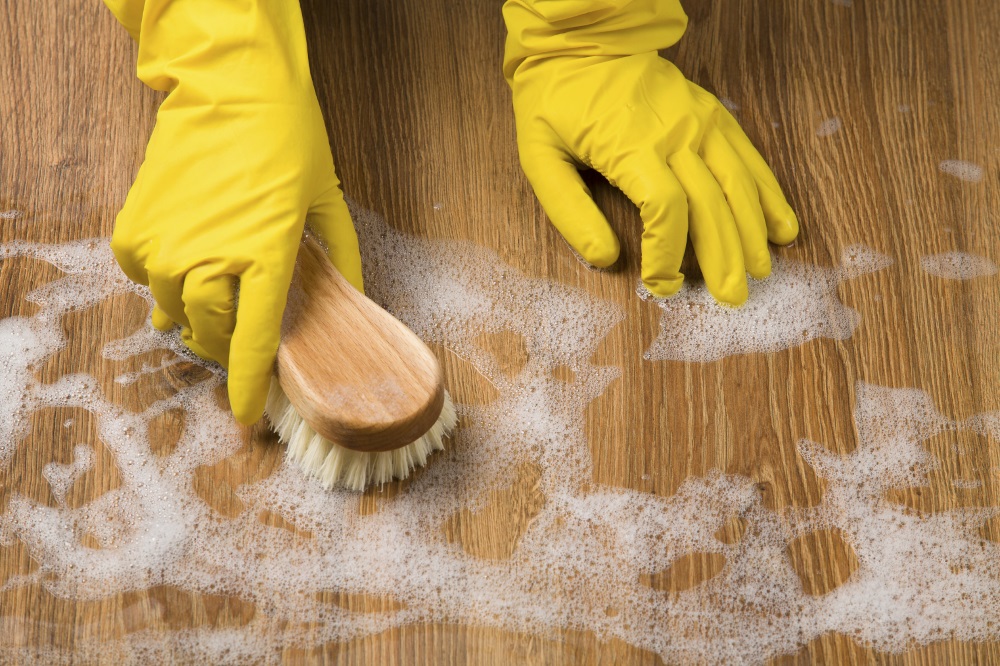
7. Key to success
“Lots of small details can really make a difference. Ensure the property smells right: not too many scented candles, but no cooking (or other!) smells, either. Make sure everything is clean and tidy, including the cars in the drive and the garden. These are all tell-tale signs for a buyer, as to how you have looked after your house.”

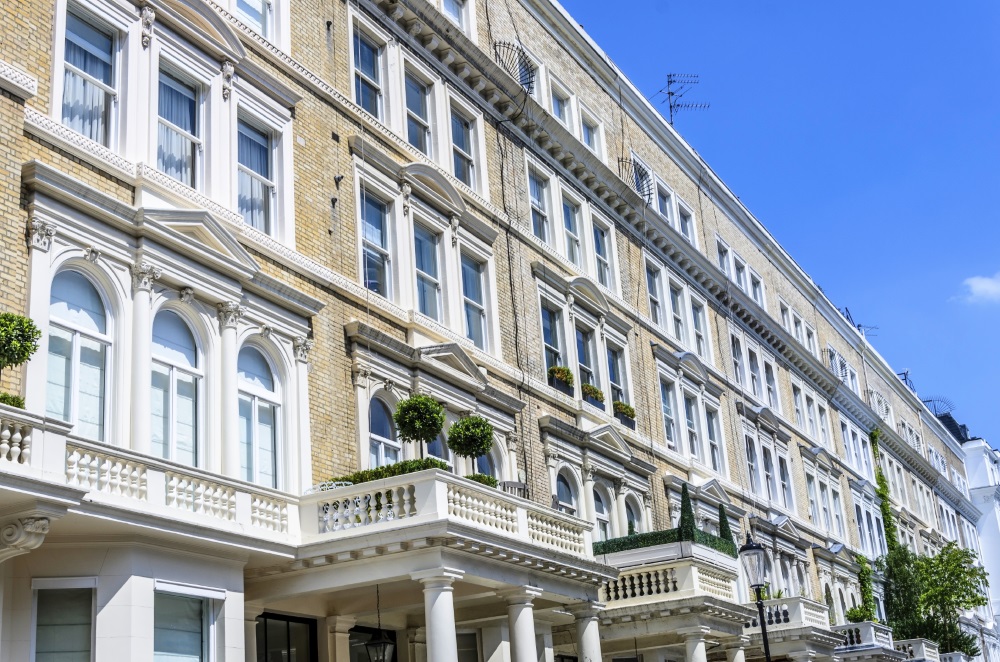
8. A new lease of life
“Leasehold ownership governs a significant proportion of prime central London’s residential offering, and the value of extending one’s leasehold is a question we regularly receive from clients. Extending the lease ensures the property will attract the maximum number of potential buyers, and helps generate interest around the sale, pushing up a property’s final value.”

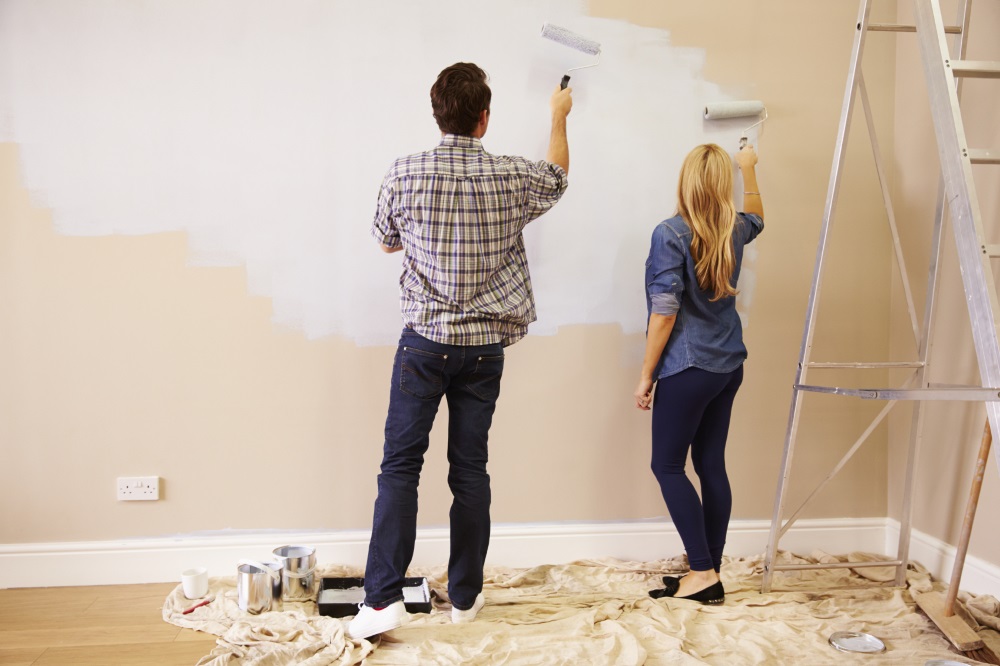
9. Home truths
“Unless the property has been recently refurbished, you should always give walls a fresh lick of paint. Important areas to focus on include the front door, living space, kitchen and downstairs hallway, as they will generate the buyer’s first impression of the property. Also, if the carpets look worn and grubby, then look at replacing them. These general improvements should cost around £2,500 and remember that first impressions count.
“If you are able to invest around £10,000 into your property, then consider adding internal square footage, such as a conservatory. If the property is ready to move into, buyers will always look for differentiators between your home and others on the market.
“Spending around £15,000 will allow you to facilitate extra enhancements. However, before spending large sums of money, it’s always best to talk to a local agent who knows the area well as they can offer their guidance on what will actually add value. There is little point on spending a large amount of money if it doesn’t provide any financial gain when going to sale.”

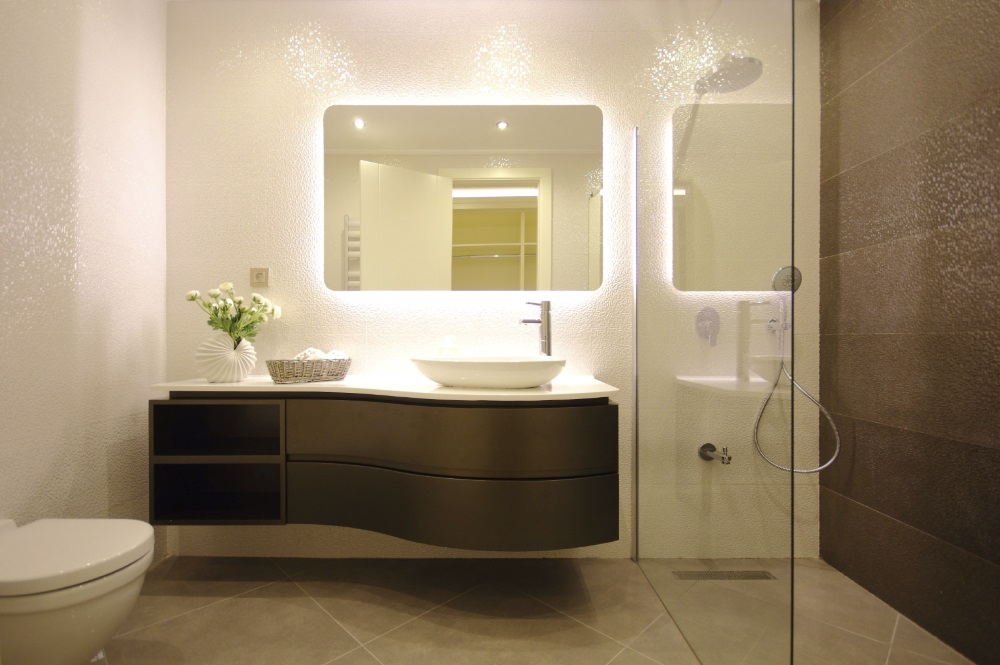
10. Secrets of success
“If you’re looking to add value to a property, but are not looking to extend, then focus your attentions on the kitchen and bathroom. These are the rooms that sell a property, and you can spruce them up without spending a fortune. For example, rather than completely changing the kitchen, add new cupboard doors on the units or change the kitchen work top."

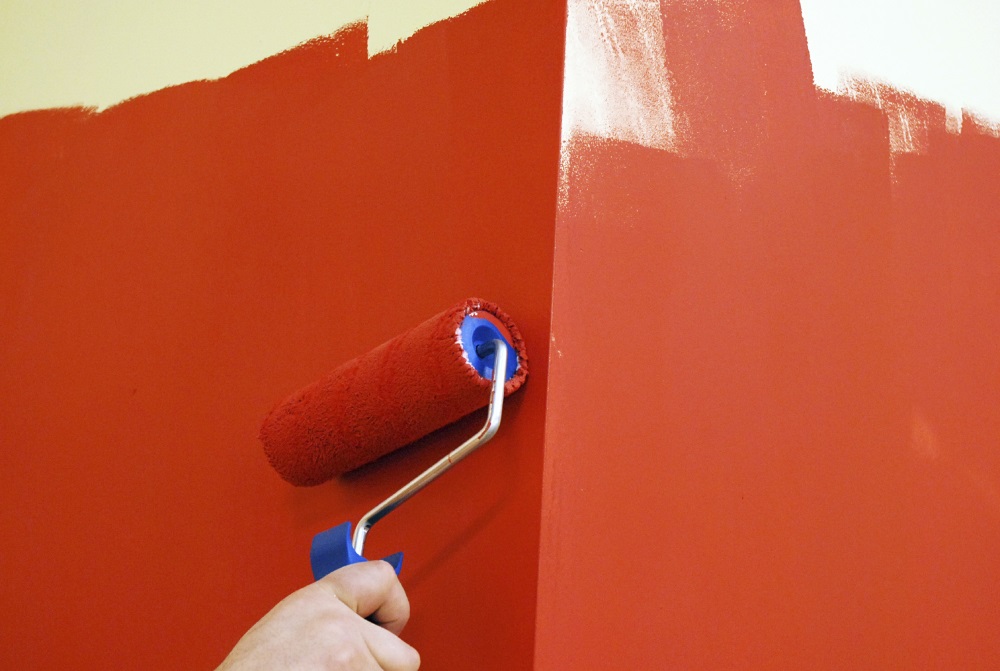
“Whatever you spend to prepare your home, you want to get more than your money back on the selling price. My top three tips for getting the most bang for your buck are:11. Work that room

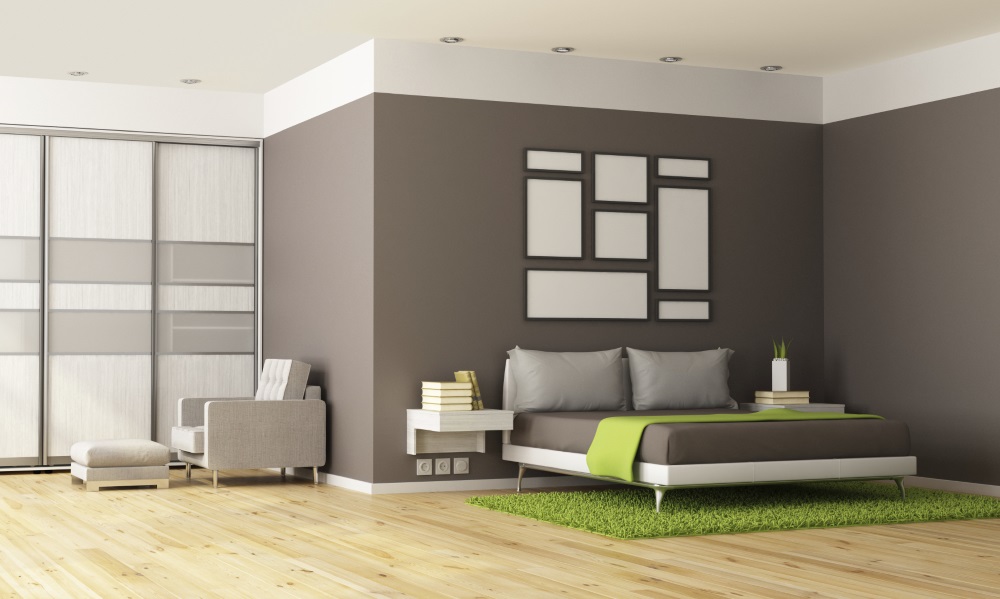
12. A master plan
“Buyers need to see the space that’s available, so de-clutter. If every cupboard and drawer is bursting, you are telling the buyer your home is too small.
“Bedrooms need beds. If you are using a bedroom as an office, playroom, or additional storage space, change it, and if it can fit a double bed then even better.
“If you have a garden, terrace, or balcony, for very little money you can transform its appearance simply by adding plants or furniture. They will add significant value to your home.
“Talk to your estate agent. What do they think you need to do? They can provide free advice and should be only too happy to help.
“Make sure the entrance to your home is inviting, touch up the front door and tidy the front garden.” Your property needs to looks attractive on the approach.”

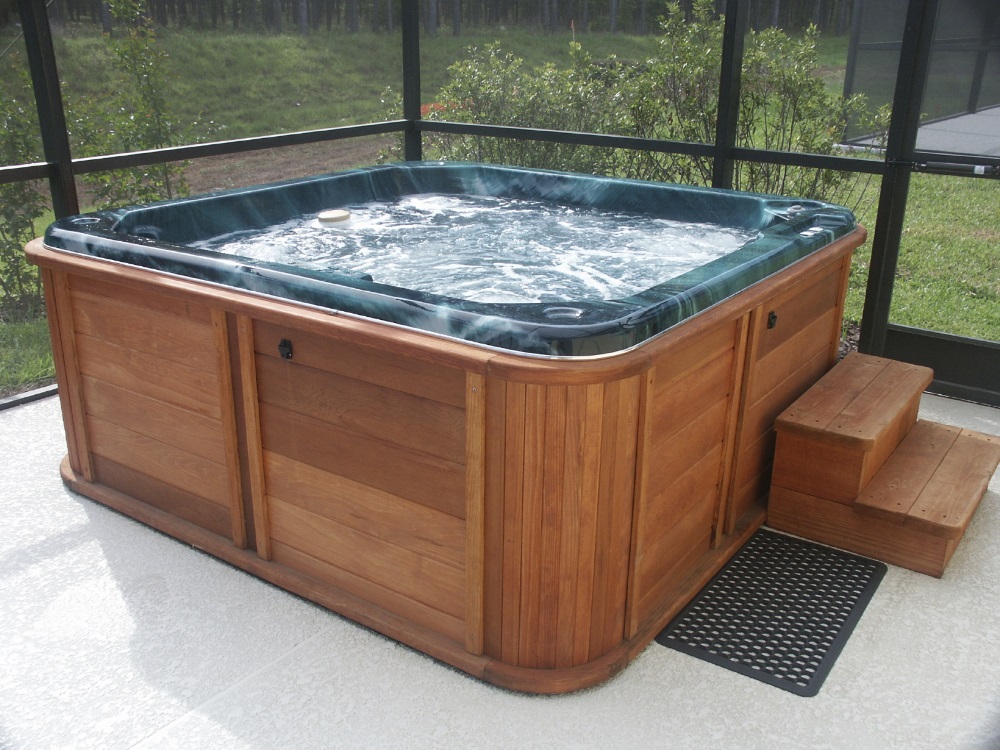
13. Peak viewing
“Clients are happy to pay extra, if they believe there is a demand for luxury elements in alpine developments that will boost investment returns. These include Jacuzzi and spa/sauna areas (indoor or outdoor), wood burning fireplaces, spacious open-plan kitchens/dining rooms, heated boot rooms, under-floor heating, underground parking and/or covered parking, large south-facing outdoor patio/terrace/decking.”

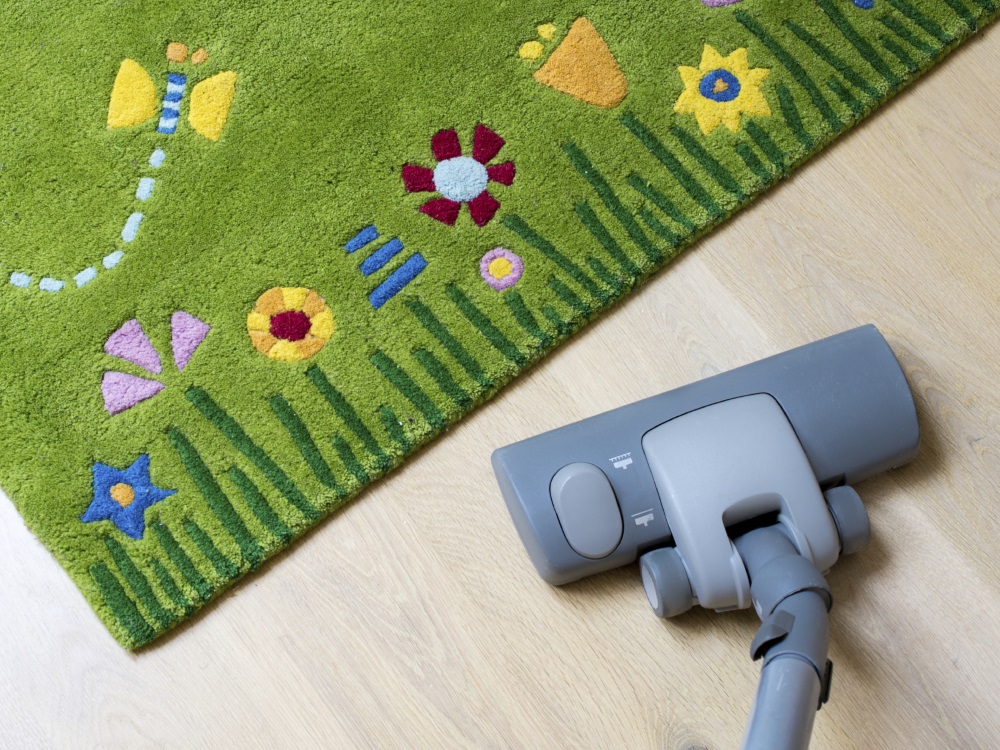
14. Time for a spring clean
“Taking pride of ownership when presenting a property and reflecting that in the presentation of the home is essential. To show that, you will need to do a full-spring clean before every viewing. No-one feels welcome when they are surrounded by other people’s dirty laundry or rubbish, so make them feel at home by reducing clutter and making everything clean and tidy.”

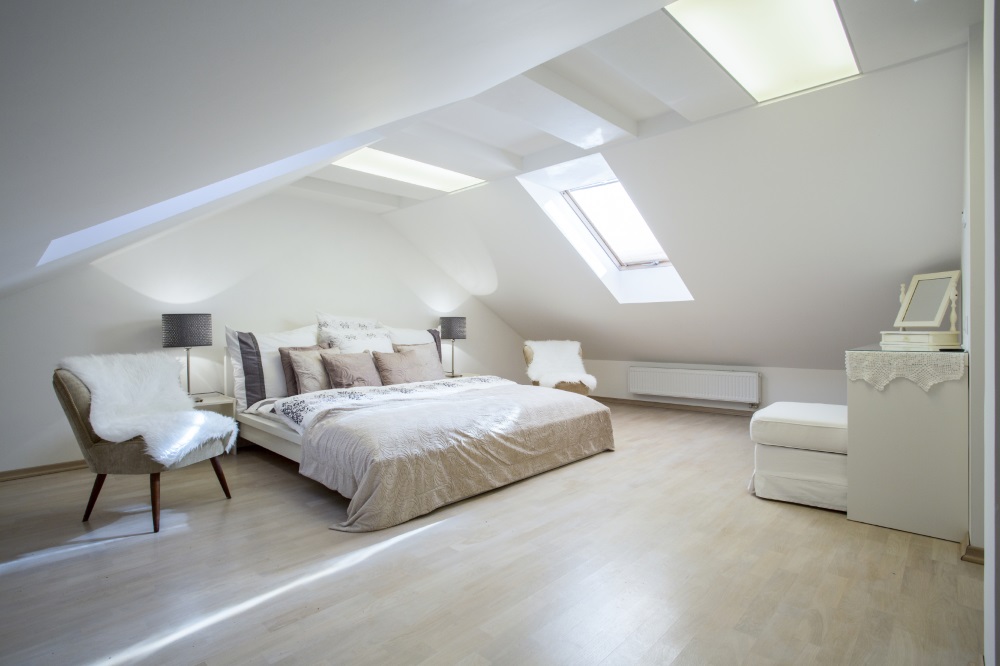
15. Room at the top
“The most efficient and cost-effective way to add resale value to your property is to convert the loft. The potential gains of a loft conversion averages at £160,000 across London – in other words a 20 per cent uplift on the average property price. With works amounting to £55,100 and taking six – eight weeks to complete, investment typically outweighs costs by a considerable margin.”

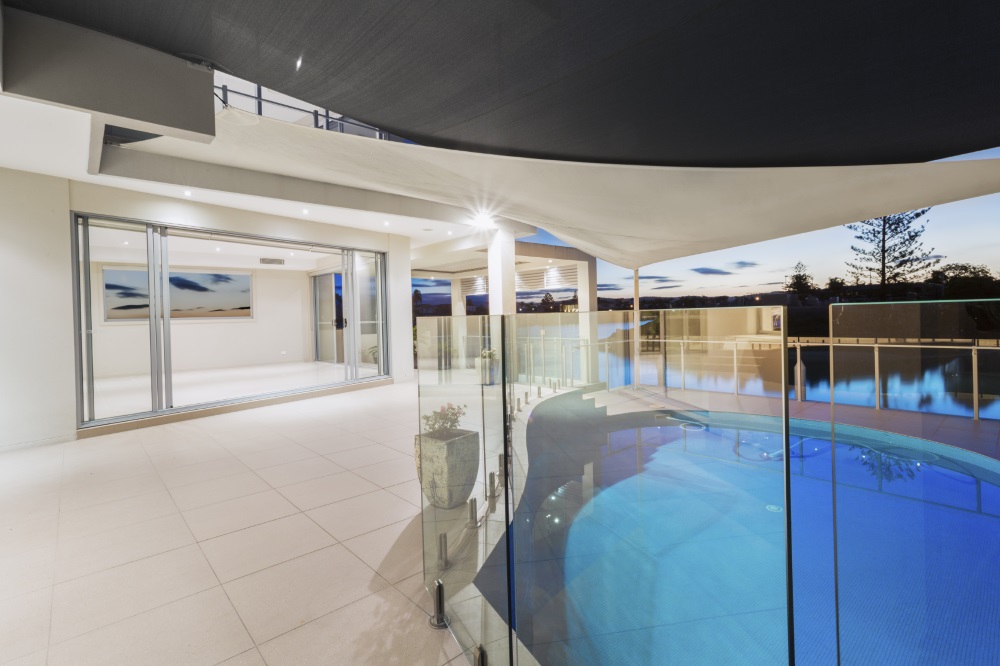
16. Ideas to inspire
“It’s particularly useful to look at properties nearby with similar price values to your own. This shows what buyers in your market are most likely to be attracted to. In higher-end properties, this could be the addition of luxury items, such as kitchen gadgets, or remote-controlled lighting, all the way up to a swimming pool complex.”

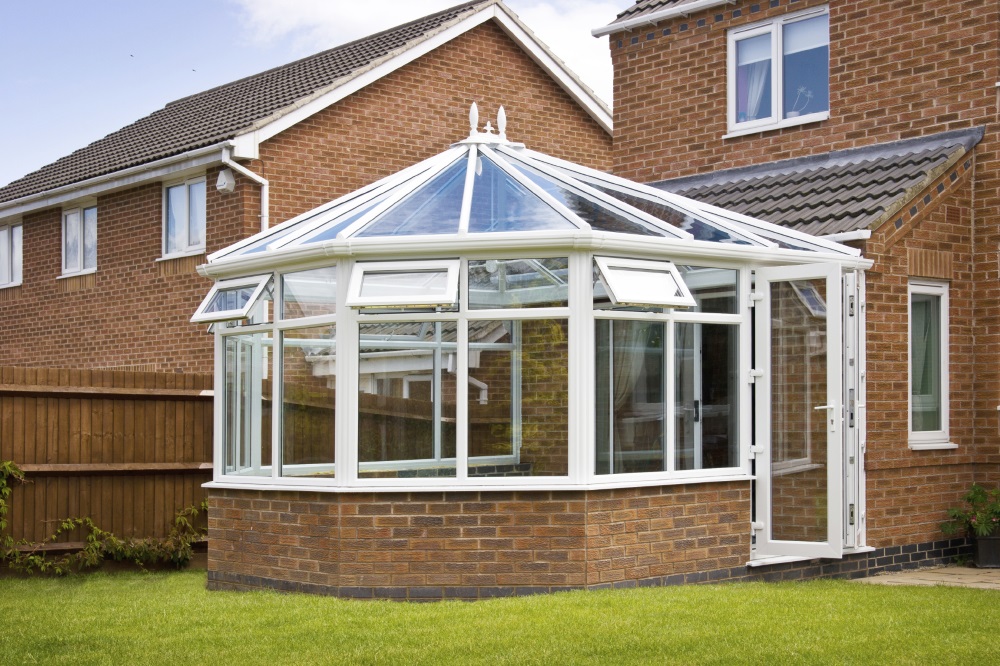
17. And finally... call in the professionals
Convert your garage
“An attached or integral garage is typically worth more converted into additional living space or bedroom accommodation, than as a garage or store. This is especially true in high-value areas, providing there is still enough space to park cars off road on a driveway. You can use the converted space for almost any purpose, from an extra living room or bedroom, home office, or even a self-contained annexe.
“A garage conversion is usually more cost effective than an extension. Prices range from £850-£1,450 per m2 plus VAT. A single garage conversion will cost £12,500-£25,000 plus VAT and a double garage conversion £20,000-£40,000.
“The change of use will not require a planning application and, in most cases, nor will the minor alterations required to the exterior. But always check with your local authority first and make sure there are no other restrictions on conversions registered on the title. All work must comply with building regulations.
Make use of a cellar
“If you have an existing cellar with enough headroom to stand up, converting this into a habitable basement can prove a cost effective way to add living space. Basic costs range from around £1,150 to £1,350 per m2 plus VAT, including tanking and insulation. If the floor needs to be excavated to increase the headroom, then this will increase the budget required and may necessitate underpinning the existing structure. Extending an existing basement or digging a basement from scratch is also an option, but due to the relative expense, it is only likely to make financial sense in high-value areas.
“The change of use will not require planning permission, and nor will any external alterations in most cases, such as adding light-wells to the rear. But always check with your local planning authority. You can use the space for almost any residential purpose, but forming a new independent dwelling would require planning permission.
Add a small extension
“If you have explored options to remodel or convert existing space, consider an extension. Most people think of extending into the garden at the rear or side, but consider alternatives to build, such as adding a first floor extension over the garage. Depending on local property values, residential space is worth from £1,000 per m2 in lower value areas and up to £40,000 per m2 in prime Central London. If you compare the average cost of an extension at £1,150-£1,950 per m2 plus VAT (depending on location and quality of finish) you can establish whether or not it will make financial sense. In many areas, an extension will add considerably more value than it costs, but be aware that there is a maximum ‘ceiling’ value for a property, depending on its postcode.
“Many smaller extensions to the rear or side (single storey only) do not require a planning application as they are classed as permitted development (see www.planningportal.gov.uk), but always check with your local authority first.
Add a conservatory
“A conservatory can be a cost-efficient way to add extra living space, particularly if it is an off the shelf kit to a standard design. However, it is important to think carefully about orientation, heating, cooling and screening. A poorly designed and located conservatory can be too hot to use in the summer and too cold to use in winter. Planning permission for a small conservatory to the rear or side of your property will not usually require planning permission as it is classed as permitted development (www.planningportal.gov.uk).
“Many home improvers are now opting for an extension that incorporates large areas of glazing. Limiting the area of glass on walls with little or no view and the area of glass in the roof can significantly improve the energy efficiency of the structure without compromising the design. This can allow larger additions that are fully open-plan within the existing property, rather than separated by external doors.
“In England, the rules on single storey rear extensions have been relaxed until 30 May 2016, so homeowners can extend 6m from the original rear wall, or 8m for a detached house (subject to design constraints on height, especially on boundaries with neighbours).
Build a new basement
“If extending up or out is not an option, consider the potential to extend down to form a new basement storey underneath your home, or possibly underneath the garden too. In many areas a basement extension does not require a planning application, providing its design and size falls within the definition of permitted development (www.planningportal.gov.uk).
“Digging underneath an existing house is an expensive way of extending, costing form £2,500 - £4,000 per m2 plus VAT. This investment can make financial sense in higher value areas, where space is worth at least the average cost mentioned above.
“Extending underneath the garden tends to be slightly less expensive as there isn’t the cost of underpinning the walls of the existing house, although any boundary walls with neighbours will need to be stabilised.
“Basement space can be used for almost any habitable purpose, providing the design complies with building regulations, but be aware that in flood zones the space cannot be used as habitable space such as new bedrooms. The key to forming high-quality living areas is to bring in daylight via lightwells and possibly a sunken courtyard garden to the rear, or even internally.
“A basement extension that forms a separate independent dwelling will always require planning permission, however, a residential annexe will not.
Create more parking
“Off road parking can be very valuable, especially in an urban area, where there is limited street parking, or a parking permit system. Sacrificing part of your front garden to create a parking space or two can make excellent financial sense. Forming a new access onto the highway will require consent from the local authority highways department. It may also require planning permission depending on the classification of the road. Work to the highway (such as forming a dropkerb), can only be undertaken by a specialist contractor with a permit for such labour. It is also essential to ensure that you have a private right of way between the highway and your home.
Consider planning permission
“A clever way to increase the value of your home is to apply for planning permission to maximise development potential, even if you don’t have the funds to complete the work. Future buyers will then have the confidence that they can improve the property if needed, enhancing its value. Submissions for an alteration or extension of a property cost £172 in England, £166 in Wales, £192 in Scotland and £285 in Northern Ireland, although your local council might need to advise on this.
Update your property’s features
“Before investing in revamping your property or adding extra space, make sure you have the budget to undertake essential repairs and updates. Basic works such as stabilising the walls and roof structure if there are signs of movement, fixing or replacing the roof tiles, solving damp, treating any rot or woodworm including replacing any damaged doors or windows, and updating the wiring and central heating system, are always the key priorities. These basic improvements will always add at least as much as they cost and a clever scheme to enhance a run-down property, can add 5-10 per cent to its value.
Invest in a two-storey extension
"Building a two-storey extension does not imply doubling the budget. In fact the more storeys you build the more cost effective the construction, because you are spreading out the cost of the two most expensive elements: the foundations and the roof. A two storey extension will most likely always require planning permission, unless it is very modest in size and is created at the rear of the property. A double-height extension can cost £1,250 - £1,850 per m2 plus VAT".

Stuart was the Telegraph's Property Editor for five years, where he transformed their online platforms. Now he is an editor, writer and digital strategist for Everything Overseas. He specialises in places, prices and properties in the world of real estate. He is also a director of Everything Overseas, overseeing the direction of the channel.
More articles by Stuart Penney | View all our authors
Or you can read more about your chosen country:
